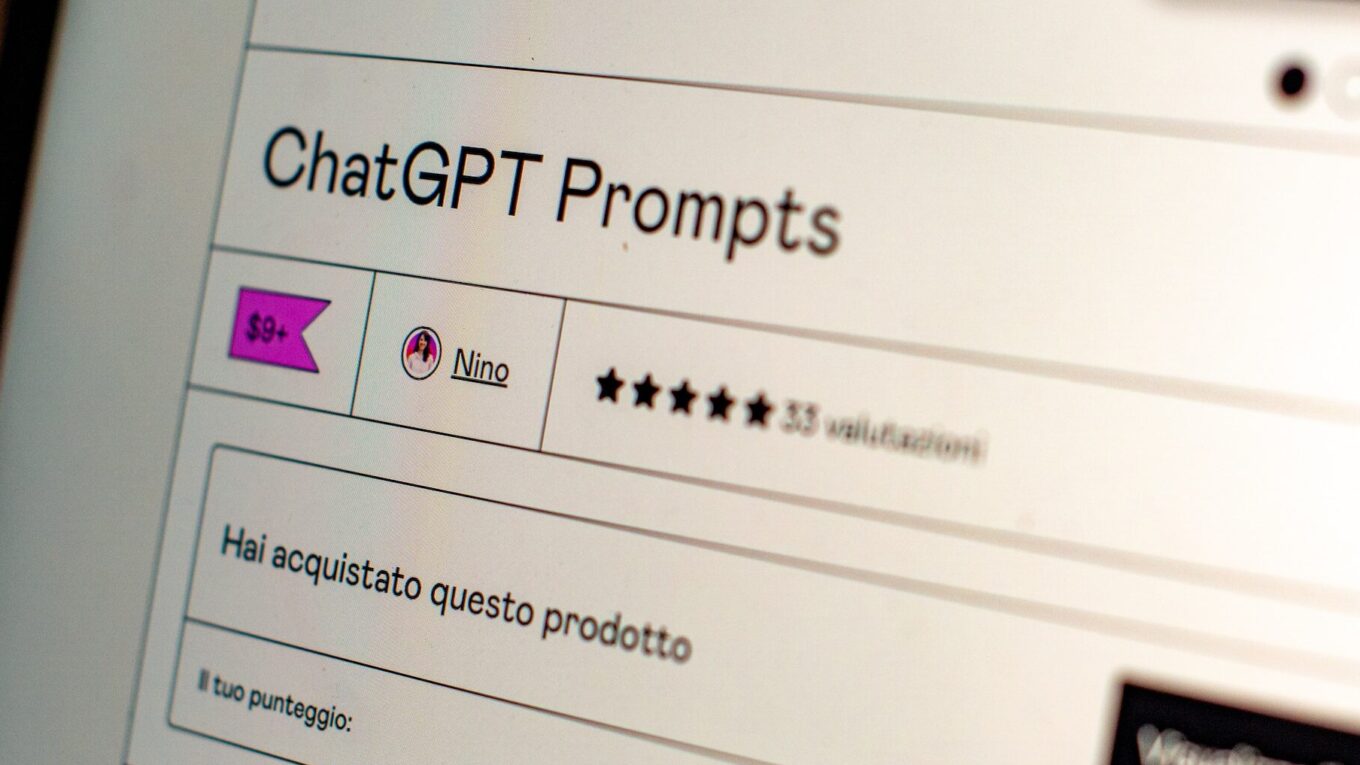Prompts // 3 (Prompting Techniques)
From my first two posts about understanding and crafting useful and meaningful prompts for ChatGPT (first and second post), it’s time to think about how the prompt can be crafted in a real-world setting.
Advanced prompting techniques
- Note: the below has been (mostly) crafted using ChatGPT (v4). I have modified and tweaked aspects of the prompt and output so (a) I understand it and the process better, and (b) it reads a little bit more like something I would have written, but it is mostly LLM-created.
How we phrase our prompt can significantly impact the quality and applicability of the response we receive. The following areas are important for us to understand if we’re to improve the accuracy or appropriateness of the output:
Explicit Context: Providing a clear context is akin to laying a solid foundation for a meaningful dialogue with AI. For instance, instead of asking, “What are the benefits?” a more contextualised prompt would be, “What are the benefits of using interactive whiteboards in a classroom setting?”
- Example: An education leader might ask, “How can interactive whiteboards enhance student engagement and learning outcomes?” This precise framing helps the AI to provide a more targeted and useful response.
Incremental Prompting: Sometimes, complex queries require a step-by-step approach. Incremental prompting involves breaking down a large query into smaller, manageable chunks.
- Example: An academic colleague interested in integrating AI in curriculum design might start with, “What is AI in education?” followed by, “What are some AI tools for curriculum design?” and then, “How can these AI tools be implemented in a curriculum design process?”
Ambiguity Resolution: Ambiguity can often lead to vague or off-topic responses. It’s essential to craft prompts that are unambiguous and straightforward.
- Example: Instead of asking, “How can technology be used?”, a more direct prompt would be, “How can emerging technologies be harnessed to improve online teaching and learning in higher education?
Prompt Engineering: Crafting a well-thought-out prompt can lead to a more insightful response. This may include specifying the format of the answer or the type of information required.
- Example: An educational technologist might ask, “Can you provide a comparison between synchronous and asynchronous online learning formats, focusing on student engagement and retention rates?”
Each of these advanced prompting techniques serves as a powerful tool in our quest to extract the most value from AI interactions. As we refine our prompting skills, we unlock the potential for more accurate, insightful, and actionable responses from AI, propelling our educational initiatives forward.
Real-world applications of advanced prompting
Let’s explore some real-world applications where refined prompting can significantly enhance the interaction with AI, leading to more informed decisions and enriched educational experiences.
Educational Settings: Advanced prompting can help educators and students alike extract more precise information from AI tools.
- Example: An academic might utilise a refined prompt to ask, “What are the latest pedagogical strategies for promoting critical thinking in online classrooms?” This specific prompt can yield more relevant suggestions that can be incorporated into their teaching practices.
Customer Service: In universities, customer service often addresses the queries and concerns of students, parents, or staff. AI can handle routine inquiries, provided the prompts are well-crafted.
- Example: A prompt such as, “How can I assist a student facing login issues with the online learning platform?” can guide AI to provide a step-by-step troubleshooting guide.
Research: Advanced prompting can be an asset for researchers looking to delve into vast amounts of data or seeking specific information.
- Example: A researcher might ask, “Can you provide a synthesis of recent studies on the impact of gamification on student engagement in higher education?” to obtain a concise overview of the current research landscape.
Administrative Decision-making: Leadership in education often requires data-driven decision-making. Refined prompts can assist in extracting relevant data from AI tools.
- Example: An administrator might ask, “What are the latest trends in student enrollment for online courses in UK higher education institutions?” to gain insights that could inform strategic planning.
Professional Development: Continuous learning is pivotal for professionals in education. Advanced prompting can help in obtaining relevant resources for professional development.
- Example: A prompt like, “What are the upcoming conferences on educational technology in 2024?” can provide a list of events to consider for networking and learning.
The real-world applications of advanced prompting are vast and varied and, when combined with the aspects of prompt engineering covered above and previously, can be used to build and structure more in-depth and more detailed responses. By mastering these techniques, you significantly enhance your interactions with AI, leading to more meaningful engagements and a deeper understanding of the different ways in which AI can be harnessed.
Photo by Emiliano Vittoriosi on Unsplash



















One thought on “Prompts // 3 (Prompting Techniques)”
Comments are closed.